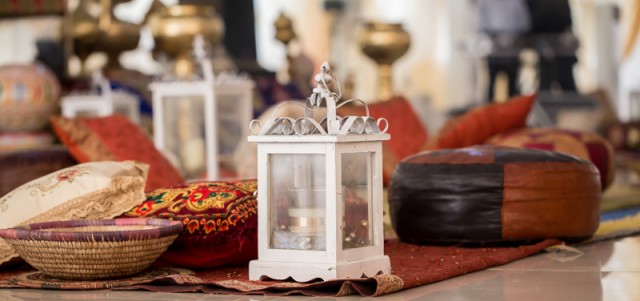
Step 1
Everything concerning the wedding ceremony only begins after a marriage proposal is tendered to the bride’s family and they have accepted. As soon as they have accepted, according to cultural rights, the groom’s family needs to provide a number of items to the bride, this is called “Kayan Zance”. The items typically include,
Household items e.g. cookware, furniture...etc
Fabrics
Scarves
Perfumes
Beauty products
Underwear
Shoes
Cash (Kudin Gaisuwa)
Based on how affluent the groom's family is, they may be asked to provide a house for the couple while the bride’s family has full responsibility of furnishing the house, especially her room, living room and the kitchen. All these are done before the wedding proper.
Hausa cultural marriages are primarily based on islamic rites, the nikkhai must precede all wedding cemerony. The culturally rich events tend to last about a week, starting with an wedding fatiha and ending with the main wedding reception.
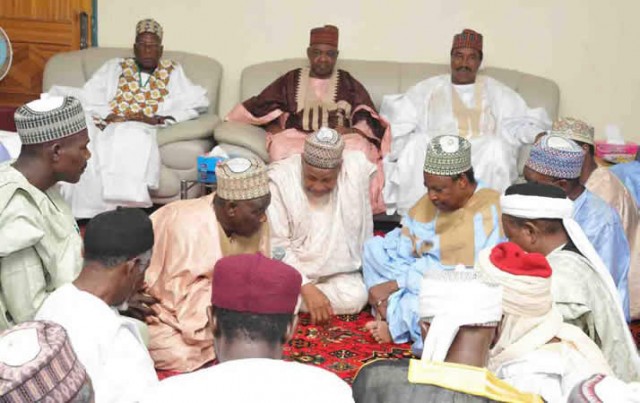
Wedding fatiha. Image via ynaija.com
Step 2
DAURIN AURE: This is the wedding Fatiha or religious ceremony. It is usually hosted and attended by the men in both families. Wedding vows are exchanged but done differently. In the Hausa culture a representative from the groom and bride’s family usually does exchange of vows in the presence of a religious leader and many invited guests. Prayers are offered to the newly wedded couple and celebration continues. This is the most significant event of the entire wedding ceremony.
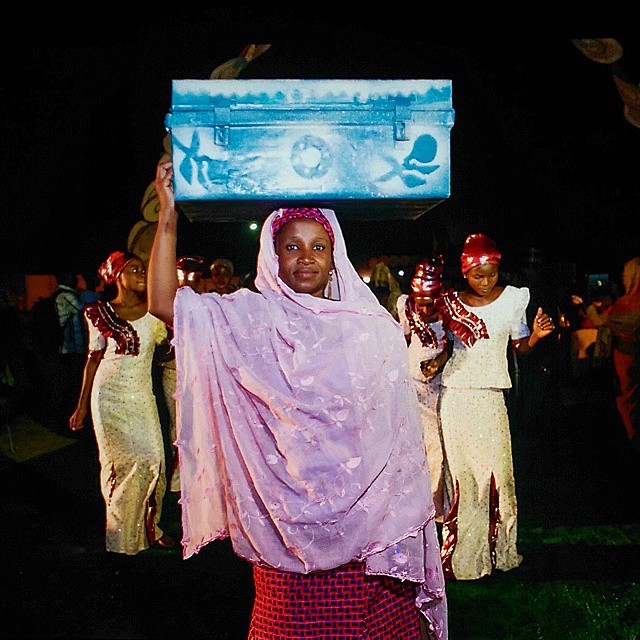
Kamun Amariya rights. Image via @aishaak49
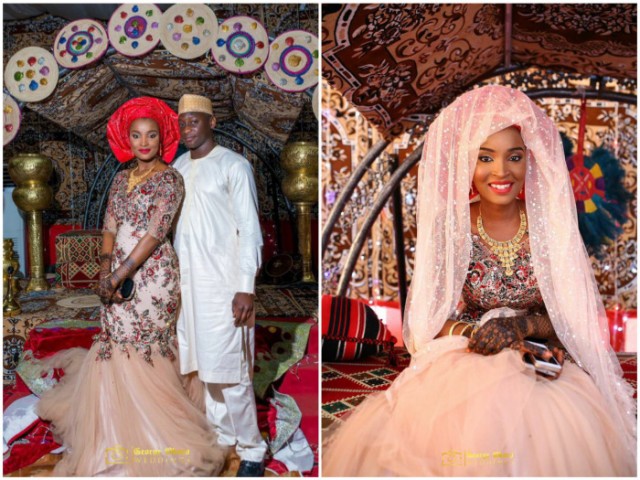
Kamun Amariya reception. Image via @georgeokoro
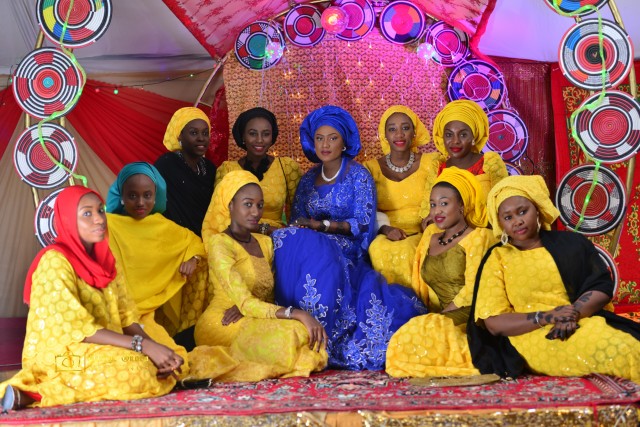
Kamun Image via George Okoro
Step 3
KAMUN AMARIYA: This is one of the oldest events in the Hausa wedding ceremony. “Kamu” means catch the bride. The groom’s family comes and negotiates with the bride’s friends for her release to them. They have come for their bride and they are wiling to pay any price to have her. This is a really fun event and negotiation may take up to 30 minutes followed by a fun reception.
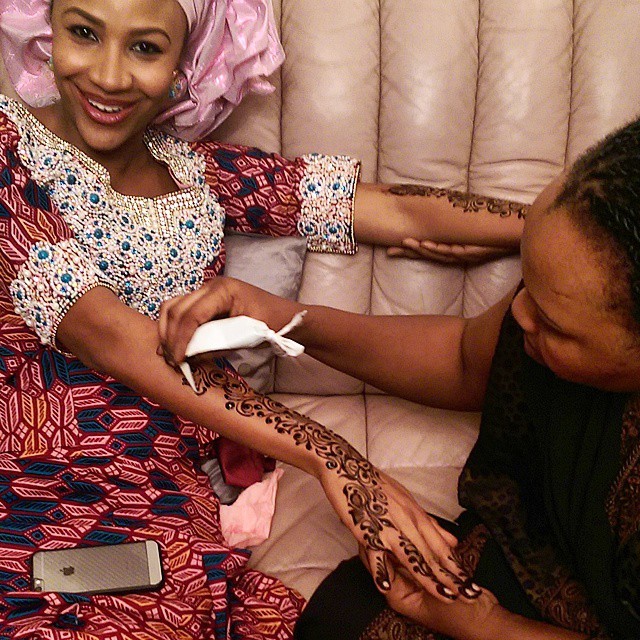
Henna process. Image via @aishaak49
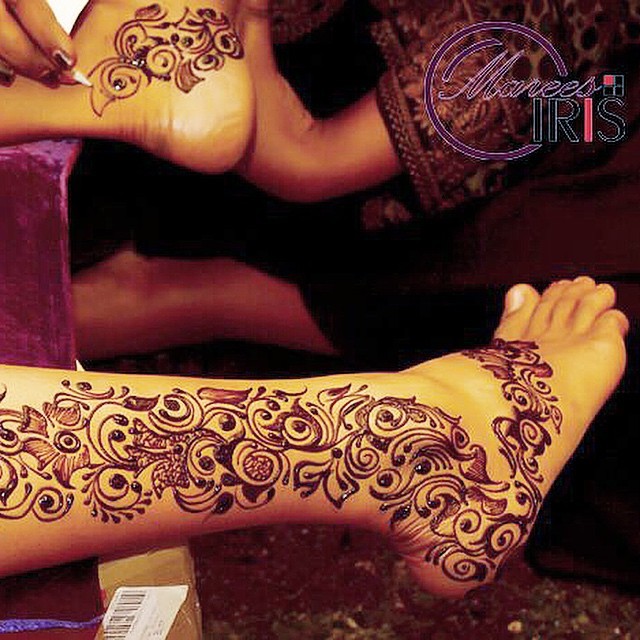
Henna. Image via @aishaak49
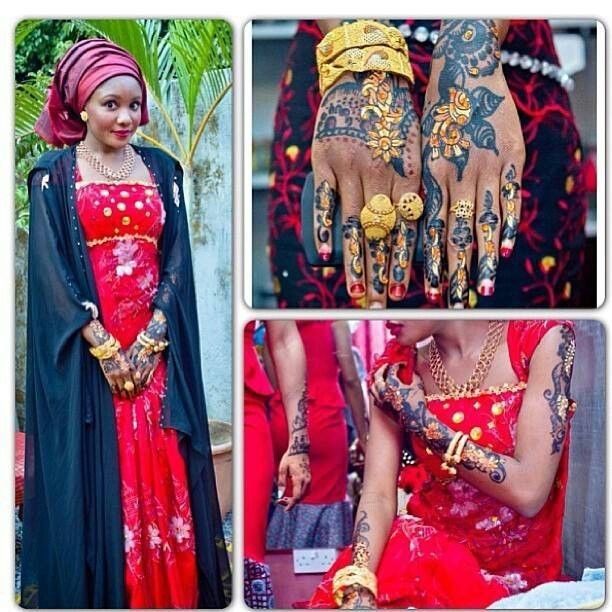
Sa lalle event. Image via lipstickalley.com
Step 4
WUNI/SA LALLE: The event is strictly for the ladies. This is when the bride gets to spend the last bit of free time with her friends and female members of her family, in her father’s house. A mixture of henna is made and used to make beautifully designs on the bride’s hands, palms and legs. Her friends and family also get henna designs on their hands but not as elaborate as the bride. Henna is used to make bring out the beauty of the bride.
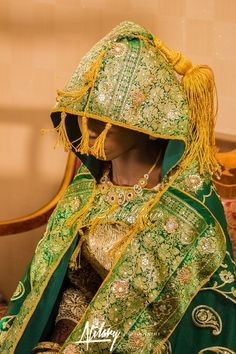
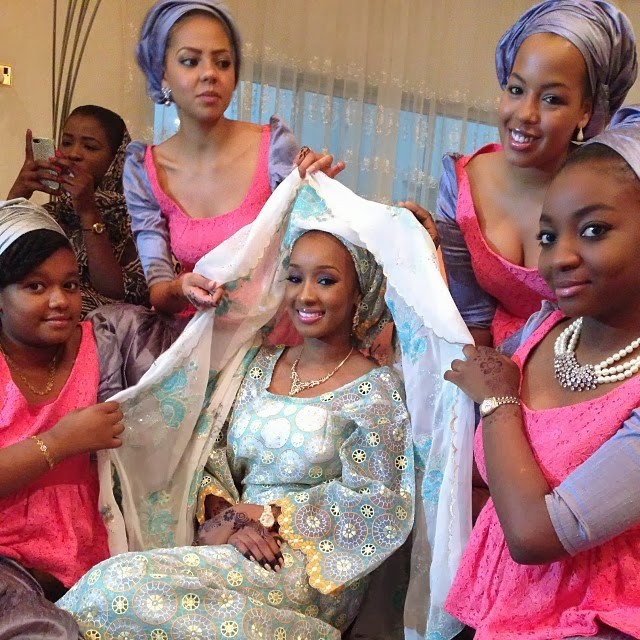
Image via www.kemifilani.com
Step 5
KAI AMARIYA: This is when family and friends escort the bride to her matrimonial home to be well received by the groom’s family. This is usually preceded by prayers and advises from her family. This is not the end of events in the Hausa cultural marriage. Depending on how well to do the families are, there is usually a grand reception to end the entire wedding ceremony. This includes, food, music and entertainment. After the storm, in some parts of Hausa land, “Sayan baki” takes place In some parts of hausa land the “sayan baki” takes place. This is a negotiation between the groom’s men and the bridesmaids, debating on the amount to be paid before the bride speaks to her groom
